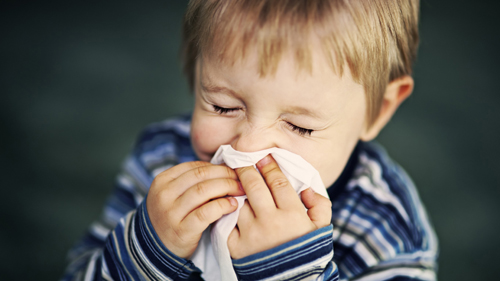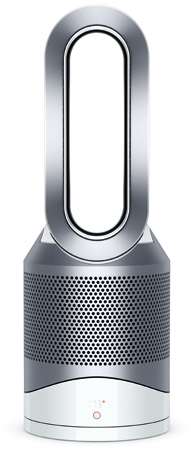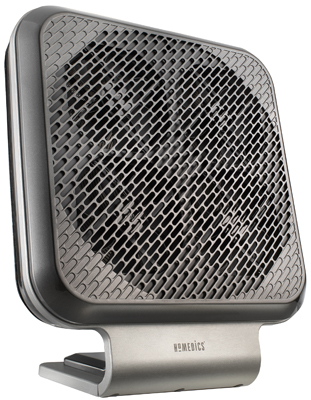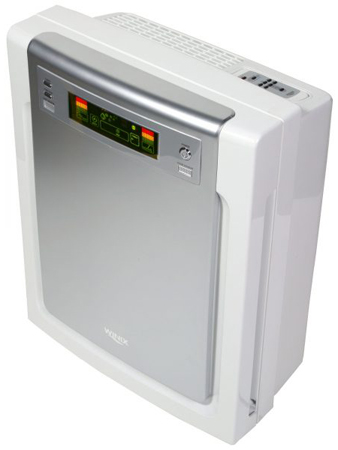
Allergies or Sinus Infections, Explained.
With this marking the wettest year in California’s history, blooms cover the once arid landscape and suddenly the hills are alive with the sound of…sneezing. But when heads gets stuffed up and those sniffles start; is it allergies, a simple change-of-season cold or sinus infection? One way to tell is the timing. If the discomfort and symptoms predates the blooms and pollen in the air, you probably can’t blame it on the rain.
If you or your child has ever had a sinus infection, you know how miserable it can make you both feel. Your nose is stuffy and congested, there’s pressure and pain in your face and then there’s that mucus. This often happens when your child has a cold. The good news is that most sinus infections go away in about two weeks with the help of decongestants, nasal sprays and other remedies.
But if your son or daughter has sinus problems for three months or longer, he or she may have chronic sinusitis, also called chronic rhinosinusitis.
Chronic rhinosinusitis affects more than 11 million people in the United States, and it can significantly impact someone’s life.
The sinuses are essentially air pockets in the bones of the face and head. They are lined with a thin layer of tissue that generates a small amount of mucus to keep the sinuses lubricated and flush away germs.
Rhinosinusitis occurs when the sinus lining becomes infected or swollen, creating extra mucus. The swollen lining may also inhibit the drainage of mucus, which serves as a reservoir for bacteria.
Symptoms of chronic rhinosinusitis include:
- Nasal congestion or obstruction
- Mucus drainage or discharge
- Facial pressure or pain
- Reduced sense of smell
People with chronic rhinosinusitis may also have headaches, fatigue, postnasal drip and difficulty sleeping.
There are several things that can make you or your child more vulnerable to chronic rhinosinusitis, including a genetic predisposition to recurrent sinus infections and nasal polyps, and allergies to dust mites, dander and molds.
A doctor diagnoses chronic rhinosinusitis using a CT scan or nasal endoscopy—a routine office procedure where a small, illuminated video camera is inserted in the nose.
Treatment Options
Fortunately, there’s a lot doctors can do to help your child’s symptoms. He or she doctor may suggest:
- Nasal irrigation with a saline solution. This can work well in removing irritants and sources of inflammation from the nasal passages. Your doctor may recommend a syringe or a neti pot.
- Nasal anti-inflammatory sprays.
- Oral steroids to reduce sinus inflammation, shrink nasal polyps, improve congestion and relieve facial pressure. But, there’s a downside: long-term use of oral steroids can have serious side effects.
- Antibiotics, which can help reduce bacterial sinus infections—and there are a lot of options.
If your symptoms don’t get better with medications and other treatments, your doctor may recommend surgery.
If the sinuses are blocked, medications can’t get all the way up into the sinuses—they only get as far as the nose. When that’s the case, the sinuses may need to be surgically opened up to relieve inflammation and infection.
If you think you or your child may be suffering from chronic rhinosinusitis, talk to your doctor, who may refer you to a specialist.
By Dr. Christopher F. Thompson, Mission Hospital
Pure Relief
The air pollution inside your home can be up to five times worse than outside and indoor air quality can have a larger impact on our health as we spend approximately 90% of our time indoors. Having an air purifier at home can help capture pollution, pollen, mold, bacteria, and odors. If your family’s discomfort kicked in with the superbloom, you will be super relieved to know these simple tools can help.

Dyson Pure Hot+Cool Link
Engineered for year-round use, this smart tech triple threat purifies all year long (auto-removing 99.97% of particles as small as 0.3 microns), heats a room quickly during chilly winter mornings and cools you in summer. This stylish machine automatically monitors the pollutants in your home, then reports real time indoor and outdoor air quality to your smart phone through the Dyson Link App. Safety elements make both cool fan and heater safe to use around babies or pets.
$599, www.Dyson.com

Brethe Air Cleaner with Nano Coil Technology
This remote-control compact, powerful three-stage option pre-filters pet dander, reduces toxins and burnt food odors with a VOC filter and includes a Nano Coil filter to kill viruses and 99% of airborne allergens, dust and mold. It weighs half as much as larger tower models and cleans microscopic particles down to 0.05 microns in size via a washable filter.
$199, www.homedics.com

Winix Ultimate Pet True HEPA Air Cleaner with PlasmaWave Technology
If your symptoms increase in the evenings or early mornings, breathe easy. Suitable for a family room or large bedroom; the Winix 9500 combines filtering and tech to deliver clean fresh air. A bonus to its True HEPA Filtration is the Advanced Odor Control Carbon Filtration and pet hair collecting pre-filter; which not only knock out allergens but help control pet odors.
$329, www.winixamerica.com







Leave a Reply